I'm trying to build a micro-controller controlled PID. So far I have found a few recipes for high powered AC voltage ( 10 - 15 Amps ). The first recipe I found involved Using A potentiometer, a capacitor, a resistor a triac an a diac as illustrated below, however this is an analogue controlled system.
The second system involves measuring the 0 crossing with the controller, and using a opto-isolated Triac. The issue with the example shown is that it is designed for control a lamp ( 100 watts ) and I'm looking to control a 1500 watt heater. Can someone recommend a suitable opto-isolated Triac. I was considering using a relay, but I want smoother control over the heat, and I would be concerned that the relay would wear out pretty quick if switching on and off so frequently.




